 2
2
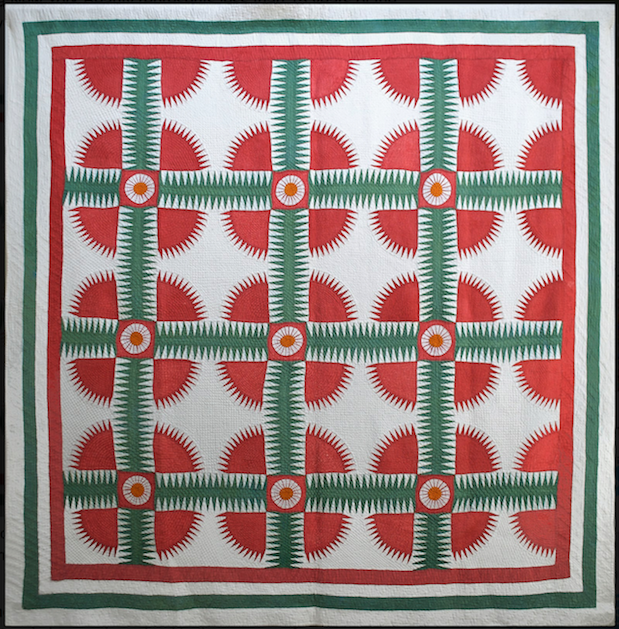
Circa 1850 New York Beauty was known by many
other names, including Rocky Mountain Road and Crown of Thorns.
Image courtesy of Bill Volckening Wonkyworld.
In 1833 a caravan of 31 families made the arduous wagon journey from Illinois to central Texas (which was still part of Mexico at this time). Each family had hopes of receiving the much desired allotment of 4,000 acres that came with the awarding of a land grant.
The Parker party was comprised of brothers Silas M. Parker (Cynthia Ann Parker’s father), Daniel, James and their families. Traveling by wagon across country was long, difficult and often dangerous.
Having reached Texas, the Parker party built a log fort in 1835 and called the settlement along Lake Navasota, Fort Parker. The fort was attacked in May 1836, by a party of Comanche who captured five people including 9 year-old Cynthia Ann and her 6 year-old brother, John. Over the course of several years ransoms were paid for the release of those captured, including Cynthia Ann’s brother (who later rejoined the tribe). Apparently Cynthia Ann, who by this time called herself Naduah, had assimilated to tribe society and refused to rejoin the Parker family.

Cynthia Ann's whereabouts remained unknown for the next 24 years until discussions among soldiers and traders about sightings of a blue-eyed woman married to the Comanche war chief, Peta Nocona were overheard. During the Pease River Battle on December 19, 1860 Texas Rangers, led by Captain Lawrence Sullivan Ross, recaptured Cynthia Ann and her infant daughter Topsana. In the confusion of the attack, Cynthia Ann also lost sight of her husband and sons Quanah and Pecos. She was brought to Birdville (now Arlington), Texas to live with her brother and other relatives.
Living for 24 years as a Comanche made settling back in to pioneer society difficult for Cynthia Ann. The longing to be reunited with her husband and sons was difficult. She made several attempts to return to the Comanche tribe. In Birdville, she supported herself by spinning, weaving, and sewing.
Cynthia Ann sank into a deep depression after hearing of the death of son, Pecos, in 1863 and daughter Topsanna in 1864. She herself died in 1871. Her oldest son Quanah, rose to fame as the last Comanche Chief and as the native American ambassador to work with the United States legislature.

Cynthia Ann Parker and daughter Topsanna, in 1861.
Image Wikipedia.
Chief Quanah Parker clasping a Peyote feather fan.
Image Wikipedia.
Quilt made by Cousin of Cynthia Ann Parker
By Marian Ann J. Montgomery, Ph.D. Curator of Clothing and Textiles,
The Museum of Texas Tech University
Often the first quilts selected for exhibitions are those in excellent condition and those that look good on a wall from a distance. This 1880s red and white Rocky Mountain Road quilt certainly fit the bill for beauty and excellent workmanship. Research in the files uncovered a wonderful history about the quilt maker and a recent visit by descendants of the maker added even more interesting facts about the life of this stunning quilt.
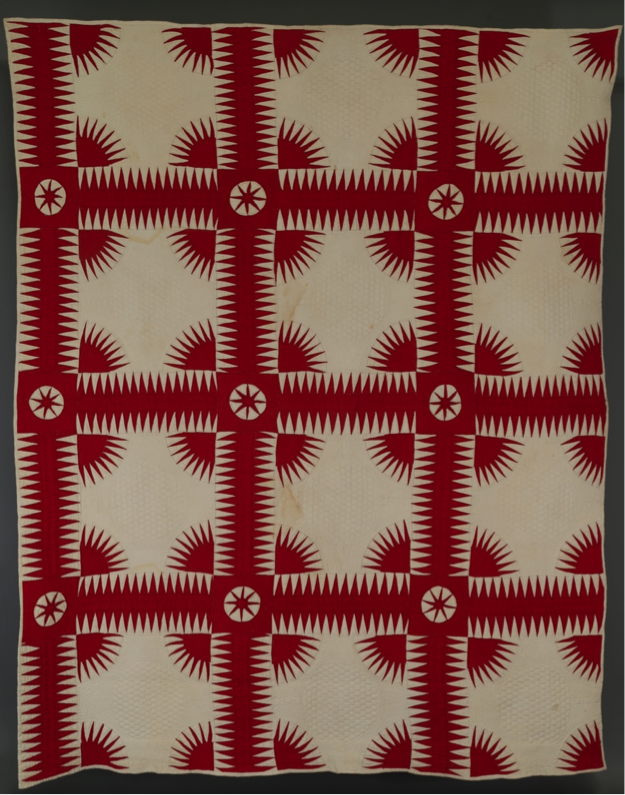
Rocky Mountain Road Quilt made by Annie Parker Anderson, circa 1880-1890. Gift of Mr. and Mrs. Walter Anderson, TTU-H1973-026-001. Photo courtesy of the Museum of Texas Tech University.
Think about the proficiency required for piecing the points before electricity. This is a masterpiece quilt made by a young lady whose family had seen some very interesting times. She was a grand daughter of Daniel Parker, who brought his family to found the first Baptist Church in Elkhart while Texas was still part of Mexico. Her father, Benjamin Parker, was a first cousin of Cynthia Ann Parker, the mother of Chief Quanah Parker.
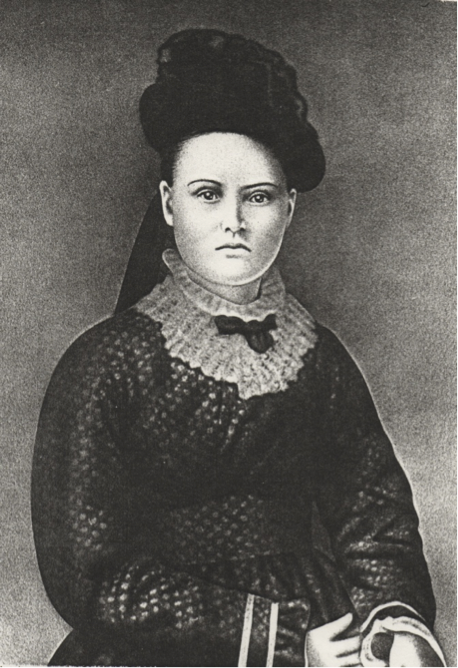
Annie Parker was born and married in Elkhart, Texas where she made this quilt in preparation for her marriage to William Maitland Anderson on December 24, 1890. This quilt was in the house in Elkhart Texas that caught fire in about 1896. Annie rescued it and one other quilt so clearly it was important to her. They had eight children between 1891 and 1906. It is thought that she died on July 7, 1908 from complications of a ninth pregnancy.
After Annie’s death the family moved to Midway, NM where a windstorm destroyed their half dugout and scattered the contents of their home. Both quilts were found however the family used up the other quilt.
Family tradition has it that the quilt came across Texas in a covered wagon. Annie and William’s fifth child, Walter Earl Anderson and his wife Martha Camp Anderson, donated the quilt to the Museum, along with sharing her picture. This masterpiece is just one of about 350 quilts that families have entrusted to the care of the Museum of Texas Tech University.
Annie Parker Anderson (b. Oct. 28, 1866, m. Dec. 24, 1890, d July 7, 1908).
Image courtesy of the Anderson family.
Other fine examples of similar quilts from this period of time.
Rocky Mountain Road quilt, made by McMillan Family member, circa 1868.
Monroe county KY. The Quilt Index.
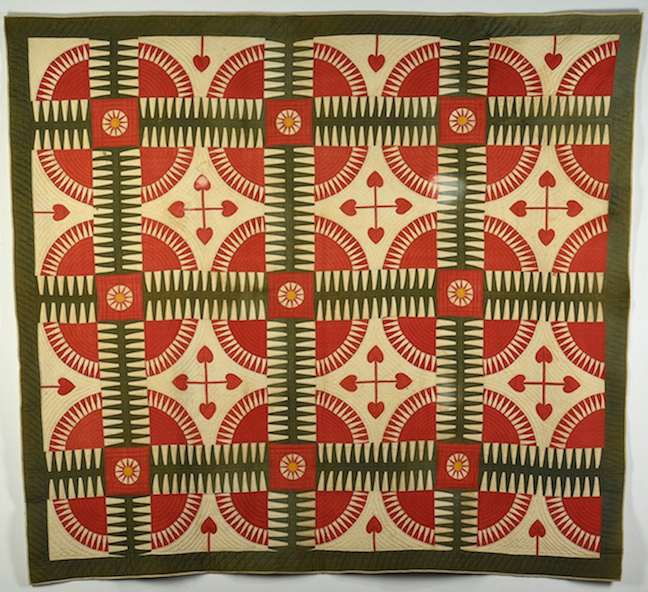
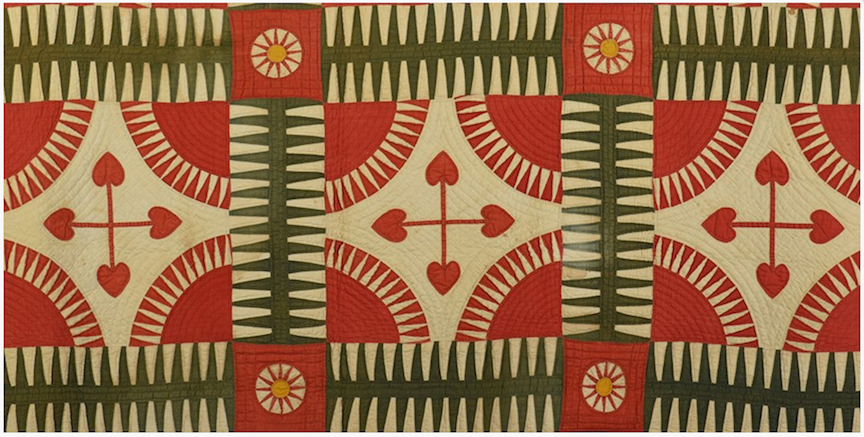
New York Beauty/Rocky Mountain Road quilt, made by Sarah Goodwin circa 1845. Gift of Mr. and Mrs. Raymond J. Lemieux. G.2006.101. Photo courtesy of The Columbus Museum.
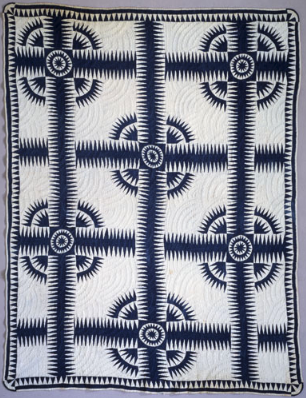
Rocky Mountain Road/Crown of Thorns quilt.
Made by Mary E. Chambers-Smith, circa 1890.
The Quilt Index.



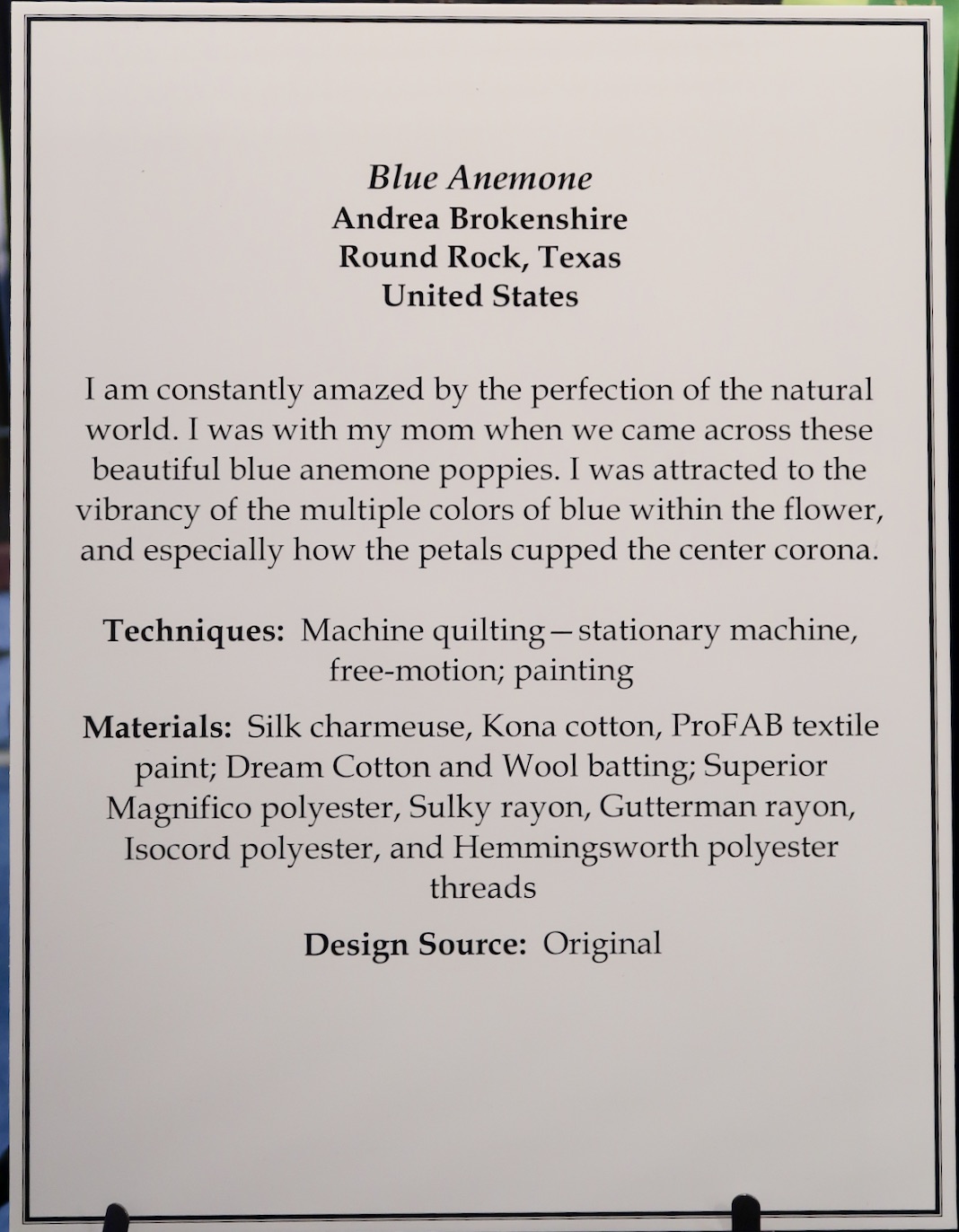
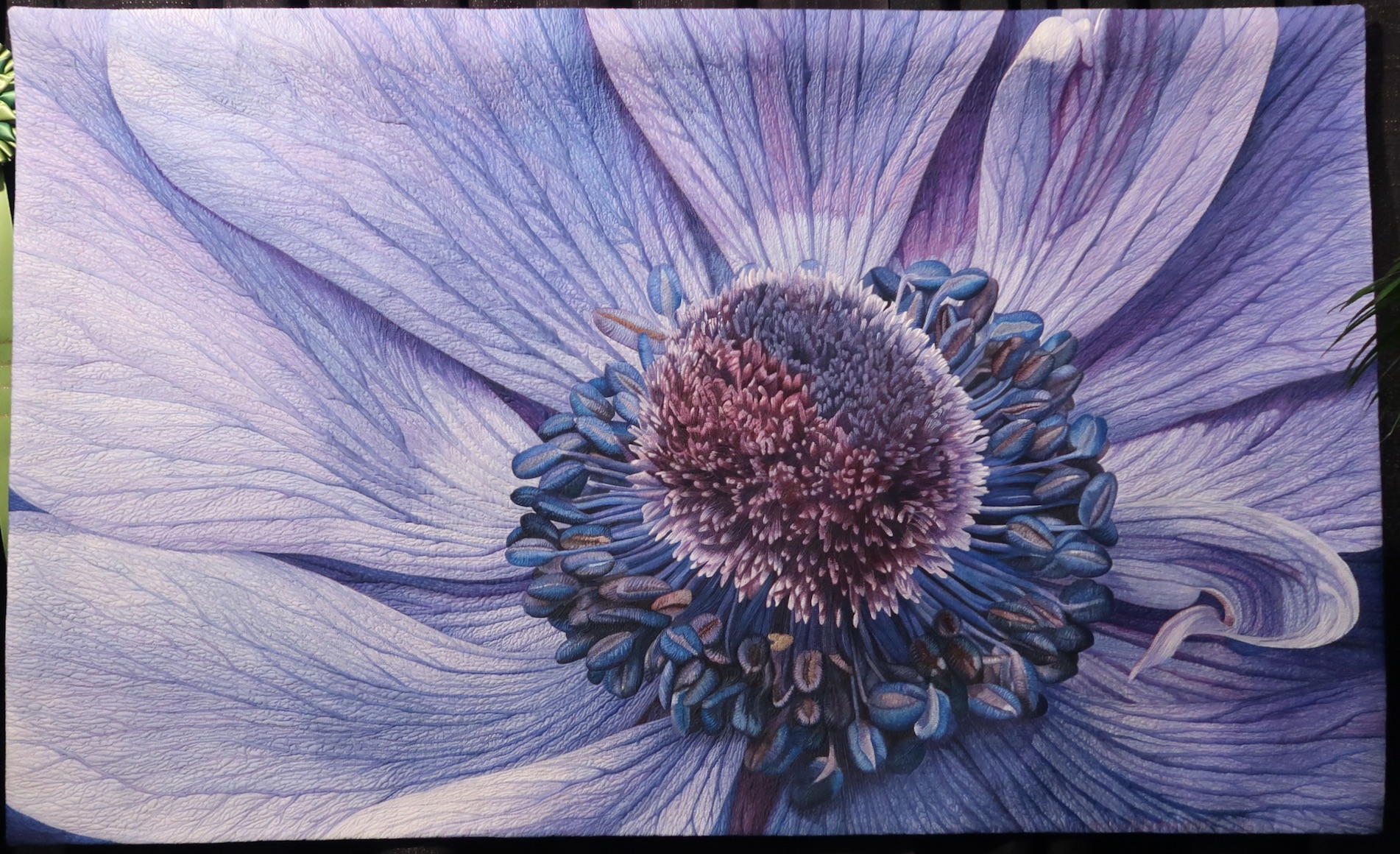
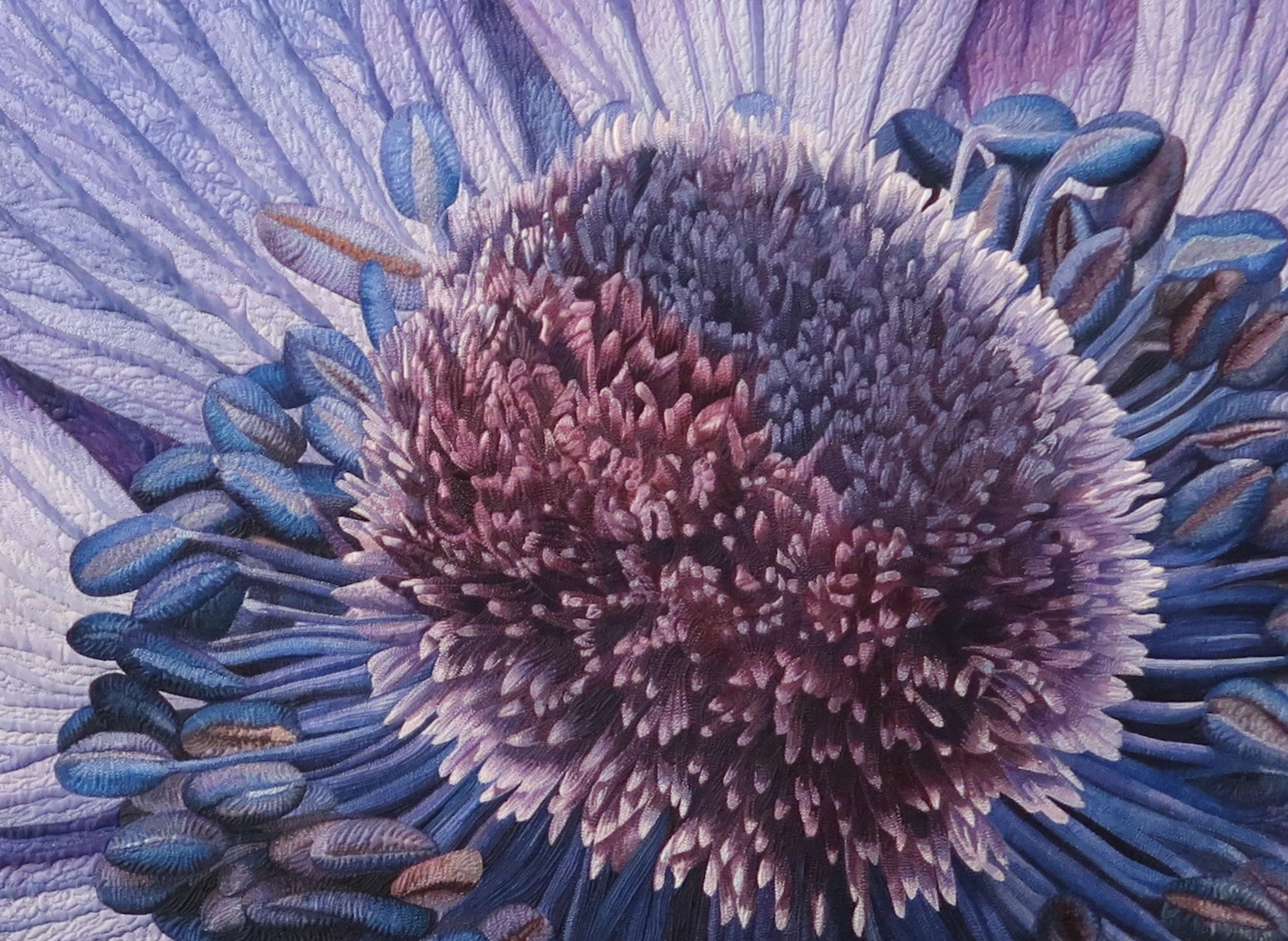
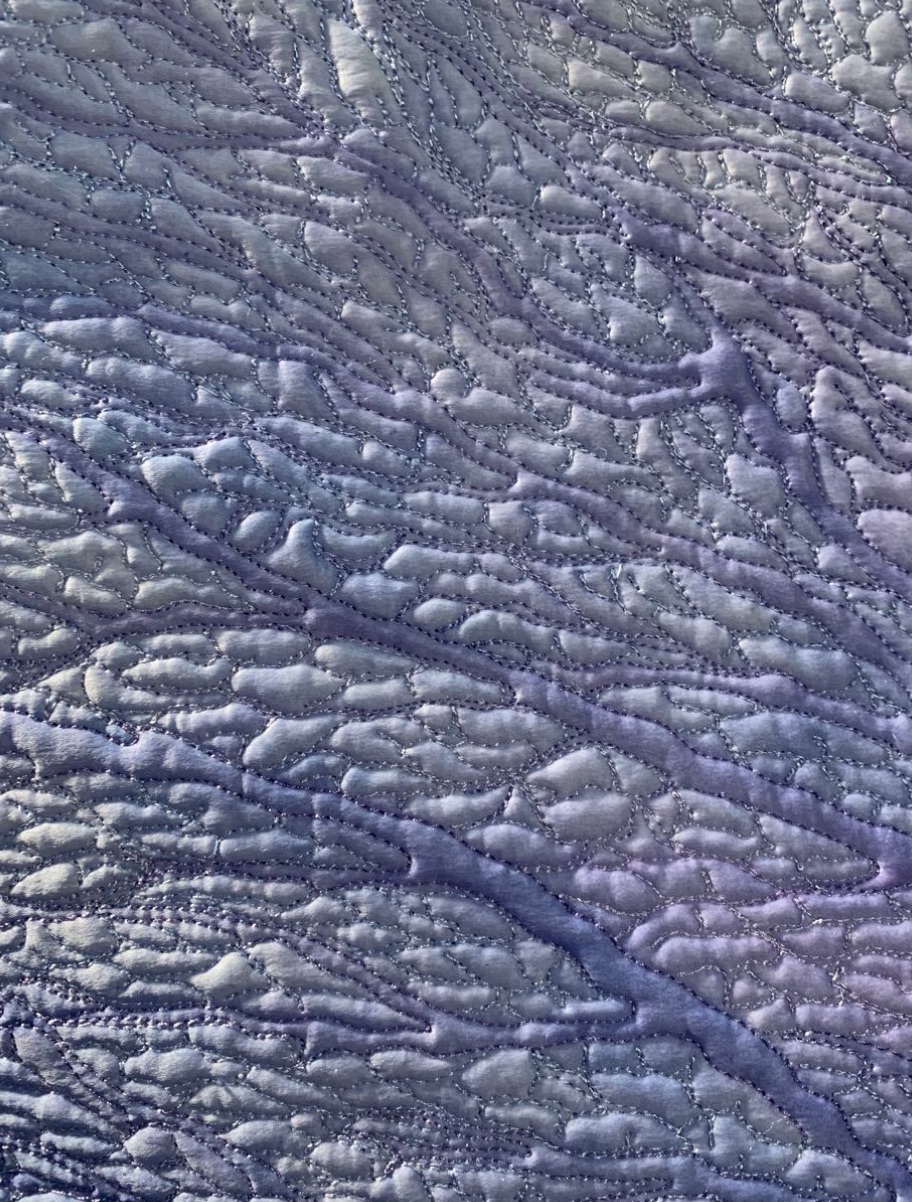

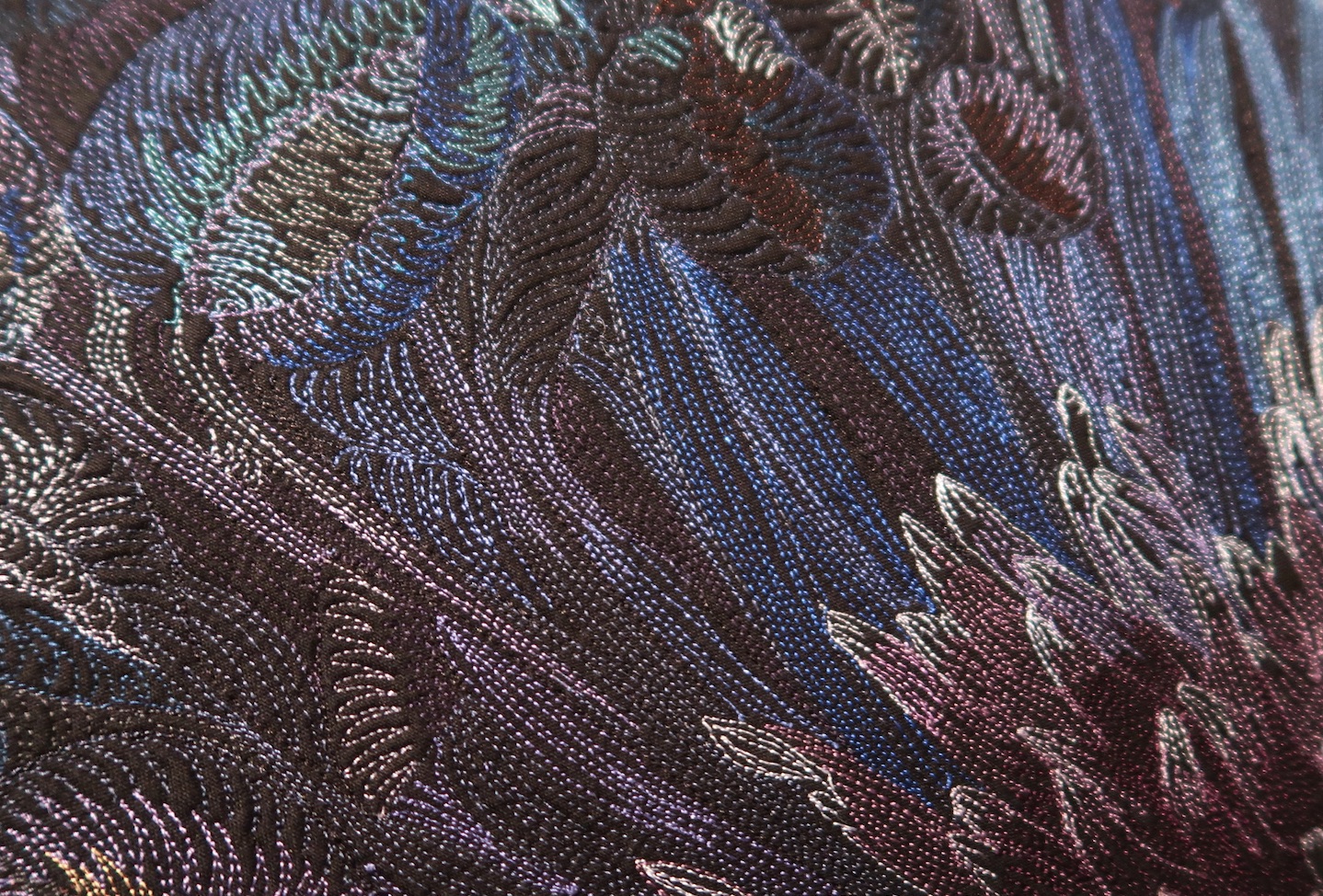






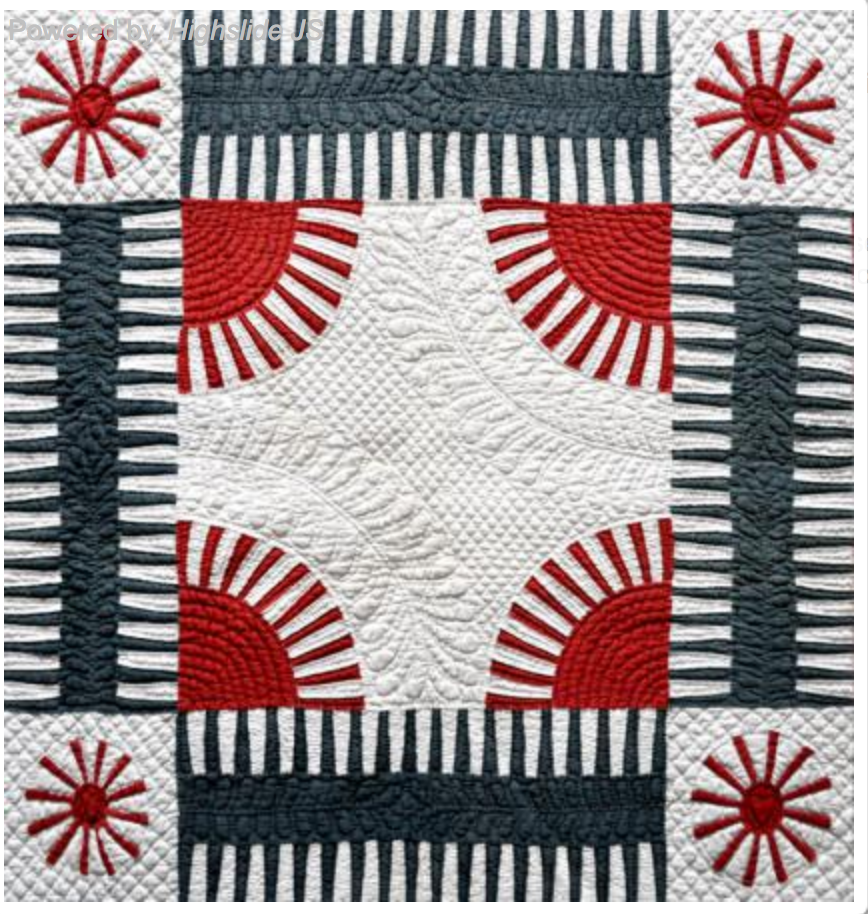



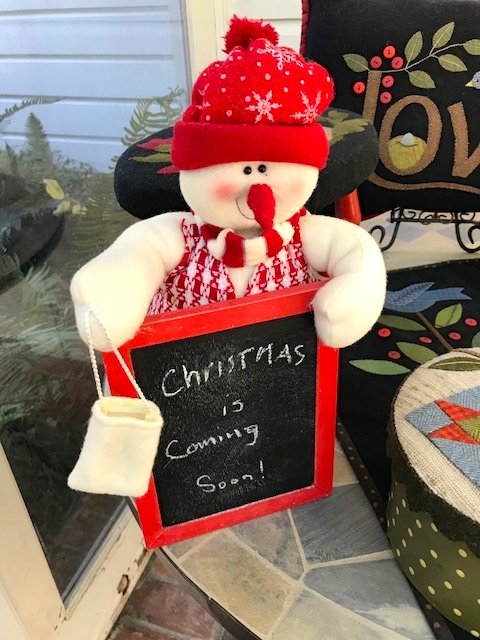
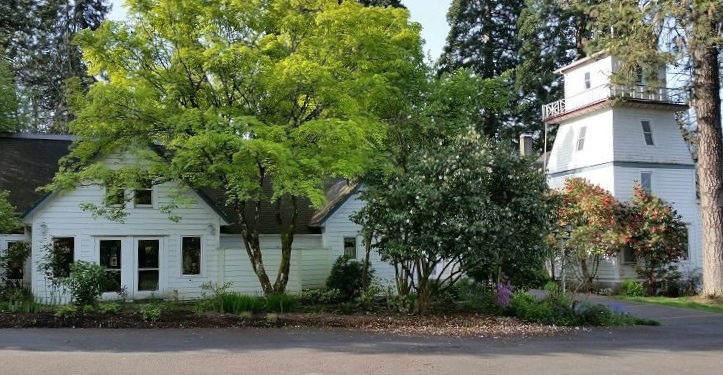
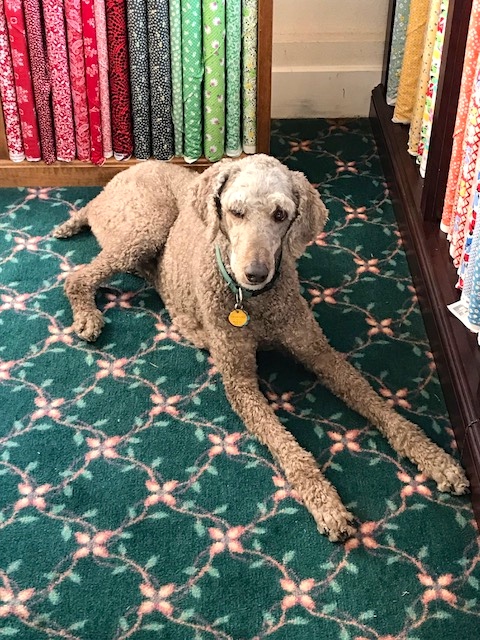

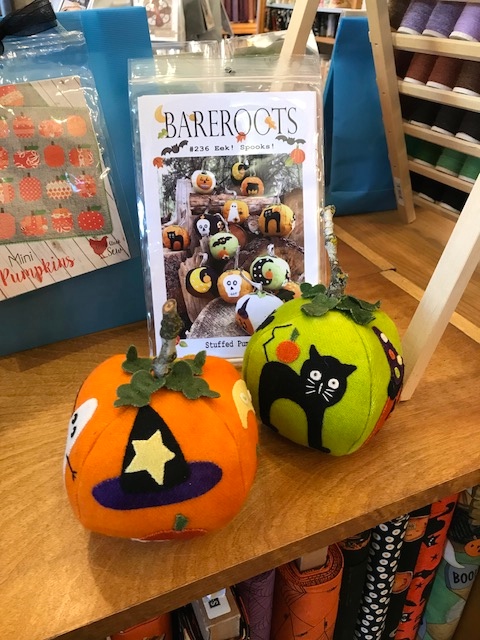



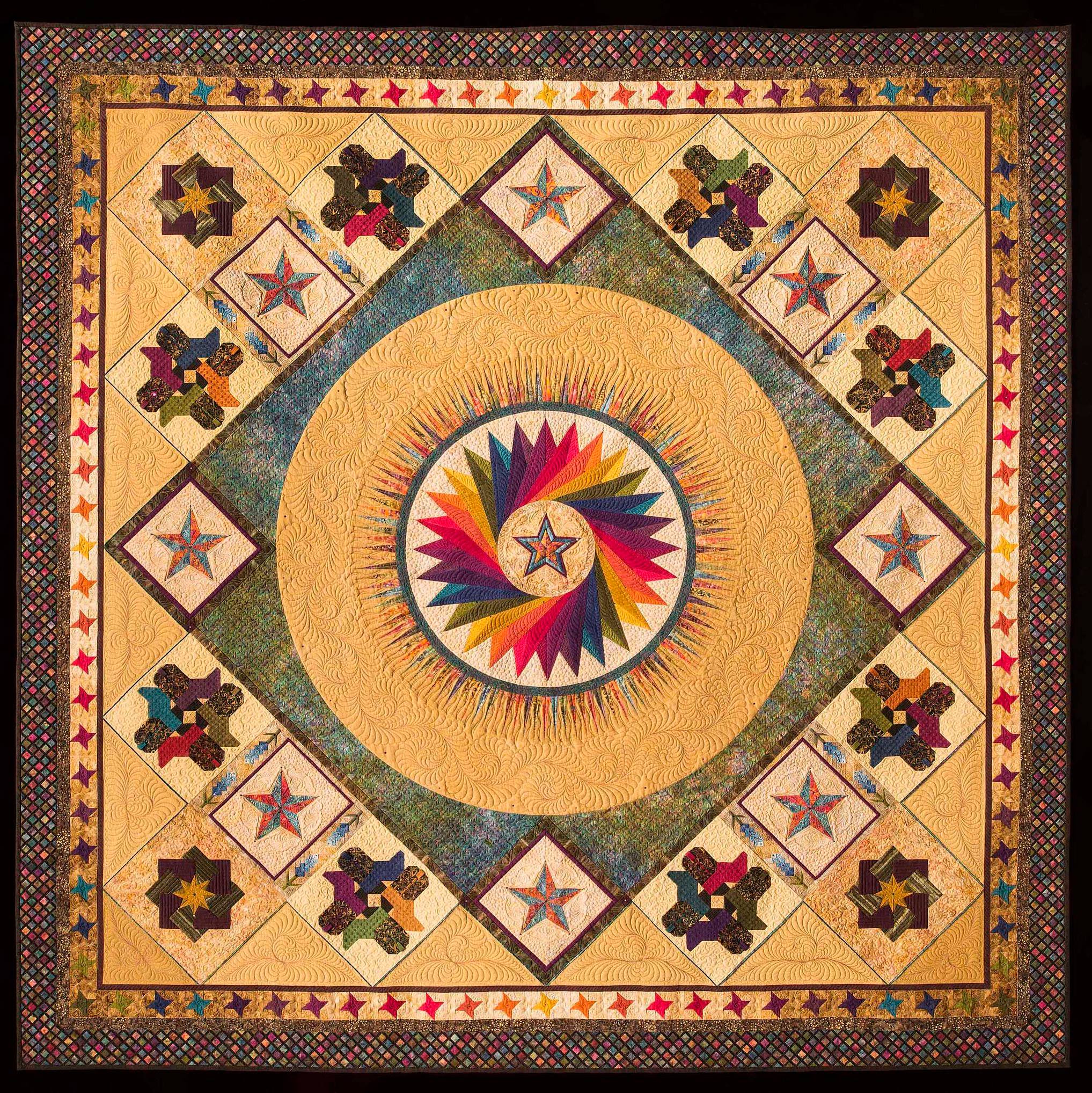




.jpg)


